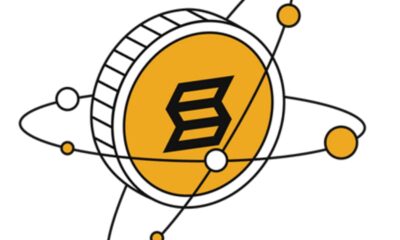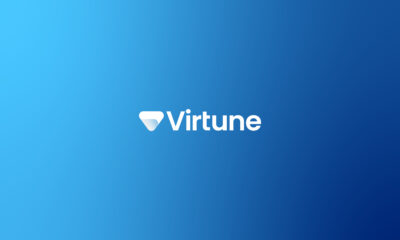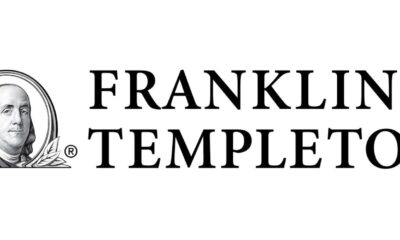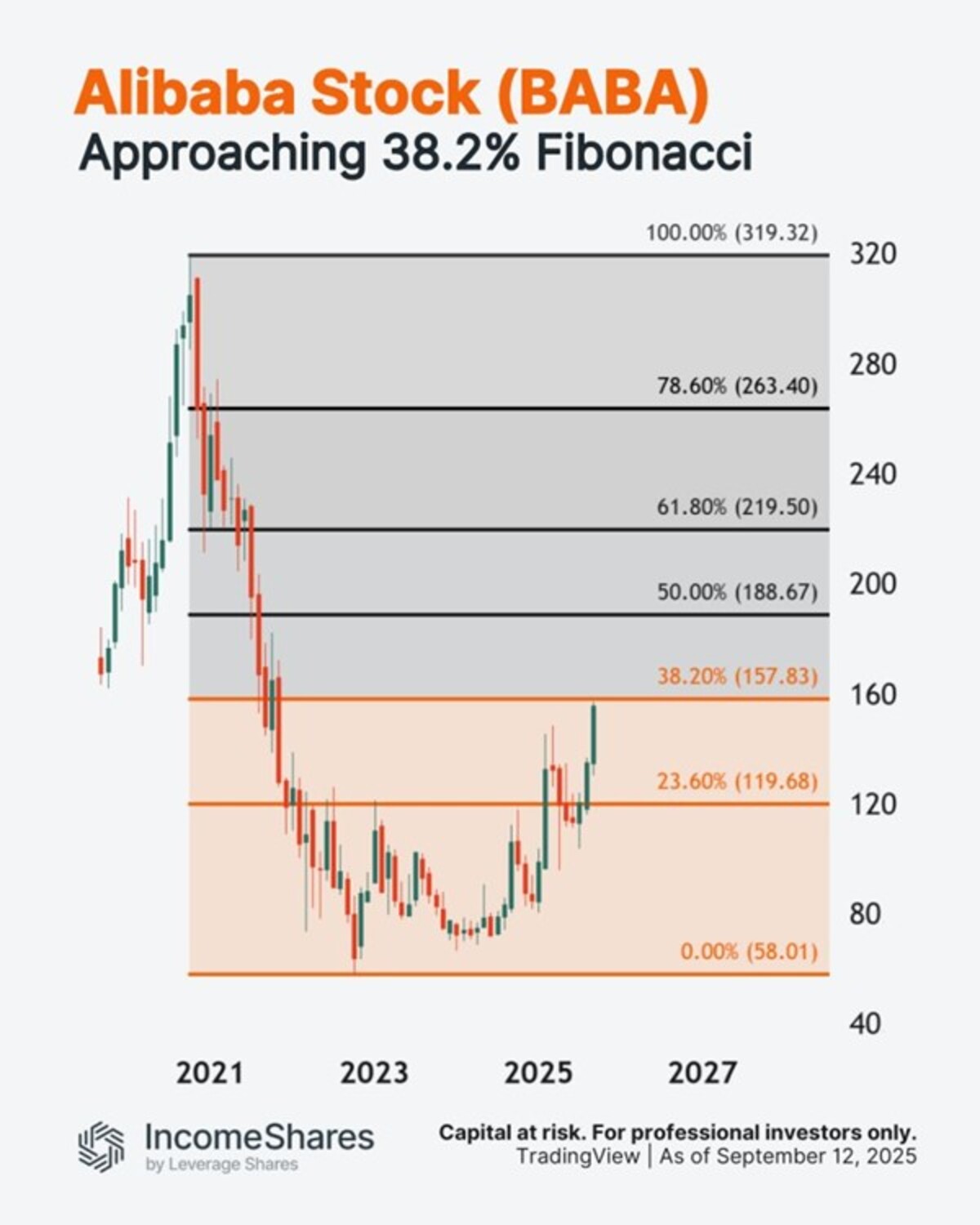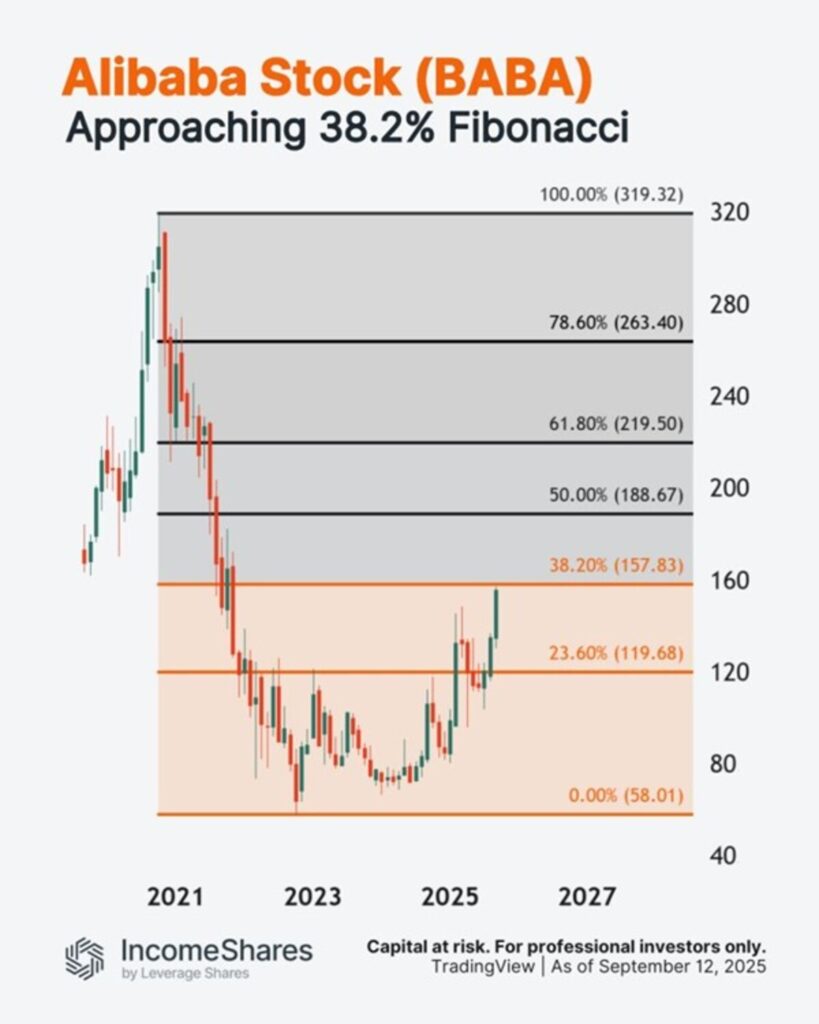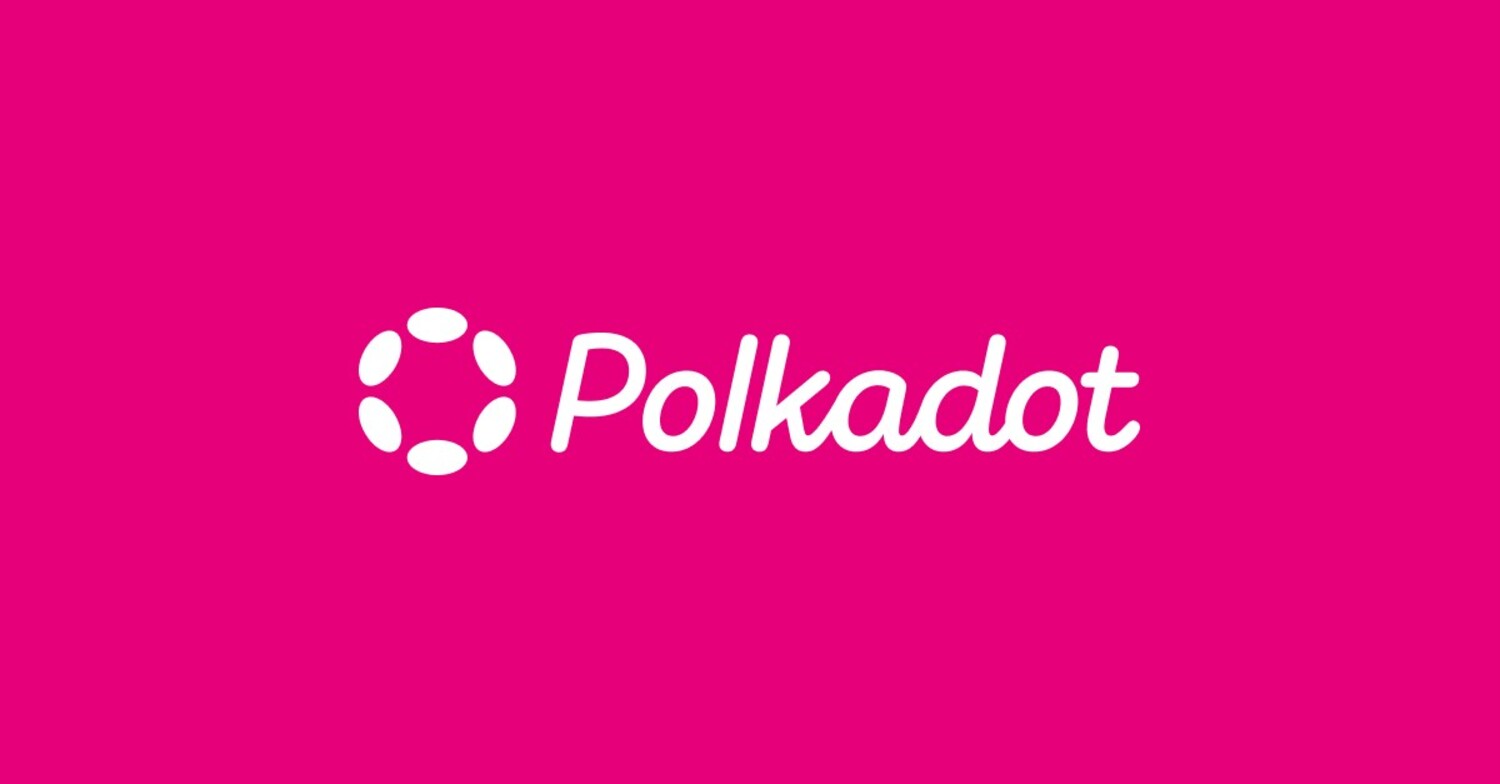Om Robotics är en störande teknik, kan det störa ditt företag? Det beror verkligen på om det är en störande teknik eller inte. Svaret är inte så klart som många tycks tro. Du bestämmer själv om du borde vara orolig. Här är viktig information som hjälper dig att bestämma om robotteknik är en av dem.
”Disruptive technology.” Det är en av de moderna världens modeord, eller hur? Blockchain, autonoma fordon, Internet of Things, de är alla anklagade för att vara störande teknik. Robotics är ofta listade bredvid dem.
Men är robotiken verkligen en störande teknik?
Är definitionen av en störande teknik verkligen tillämplig på robotteknik? Eller har alla fel? Det finns två möjliga svar:
Robotik är en störande teknik. Om så är fallet kan företagen behöva förbereda sig för drastiska förändringar när de antas. Det indikerar hög risk och hög osäkerhet.
Robotik är inte en störande teknik. Om det inte är störande betyder det att robotiken är en inkrementell innovation och de förberedelser som företagen behöver göra är mindre skrämmande, mindre riskfyllda och mindre osäkra.
I den här artikeln presenterar vi dessa två alternativ. Du kan då själv bestämma om du borde vara orolig för de störningar som roboten skulle kunna orsaka för din verksamhet.
Bakgrunden: Vad är en störande teknik?
För det första är det nog en bra idé att definiera våra villkor här. Vad är en störande teknik?
Enligt Investopedia är störande teknik ”de som väsentligt förändrar hur företag eller hela industrin fungerar. Ofta tvingar dessa tekniker företagen att ändra hur de närmar sig sin verksamhet eller riskerar att förlora marknadsandelar eller bli irrelevanta. ”
Många myndigheter anser att robotiken är en störande teknik. Exempelvis listar FN: s Global Compact – ett världsledande hållbarhetsinitiativ – nästa generationsrobotik som en av världens mest störande teknologier. Under detta paraply innefattar den teknik som avancerad tillverkningsrobotik, exoskeletoner och medicinska robotar.
Varför gäller definitionen?
Du kanske tror att det inte är viktigt om vi definierar roboten som störande teknik eller inte. Du kanske har rätt. Men om en ny teknik är störande kan den få effekt på de strategier vi använder för att anta den tekniken.
Disruptive innovations är ofta ”allt eller ingenting”. De innebär ofta hög risk och hög osäkerhet. Det är därför ”småföretag” (t.ex. Uber, Airbnb, Netflix) tenderar att driva det bredare adoptionen av störande teknik. Till skillnad från större etablerade företag har de mindre att förlora om allt går fel.
Inkrementella innovationer (alternativet) innebär kontinuerligt att små förändringar av produkter och tjänster gör dem bättre. Detta är en mycket mindre osäker rutt men det riskerar att bli slagen av företag som är villiga att ta risken för störande teknik.
Vilket är bättre för ditt företag? Störande eller inkrementell? Detta beslut är vad marknadsförare Ben Gross kallar Corporate Dilemma.
Om robotteknik är en störande teknik kan det påverka hur riskabelt det är att anta robotar i ett företag.
De 2 alternativen: Är robotar verkligen en störande teknik?
Det är dags att presentera de två synpunkterna. Är robotiken en störande teknik, eller inte? Du kan själv bestämma dig själv.
Alternativ 1: Robotik är störande
Det första alternativet är att roboten är störande.
För några år sedan pratade jag med en kvinna i Spanien. När jag berättade för henne att jag arbetade i robotik började hon en lång och orolig historia om ankomsten av robotar till spanska bilfabriker under det senaste århundradet. Hon sorgade den enorma förlusten av jobb och de många liv som robotarna hade förstört.
För henne var robotar en störande teknik.
Och de var störande, första gången robotar kom till spanska fabriker. Bilföretag sparkade hela team av arbetare och ersatte dem med robotar, precis som kvarnägare avskedade många fabriksarbetare under 1700-talet.
Dessa dagar har roboten förändrats. Men robotrelaterade teknologier är fortfarande listade 12 gånger i tabellen Disruptive Technology från Imperial College London.
Här är 3 argument för att stödja åsikten att roboten är störande:
Robotautomatisering har traditionellt varit ”allt eller inget”. – Under de senaste 60 åren har automatisering krävt att företag ska göra stora förändringar. Industrirobotar är dyra och företagen behövde göra många andra förändringar i sin process för att göra det mesta av sin investering.
Robotisk automatisering har helt förändrat vissa branscher. – Några av världens största industrier har helt återuppfinde sina produktionsprocesser med robotteknik, inklusive konsumtionsvaror, livsmedelsproduktion och jordbruk.
Företagen behöver en helt annan färdighet för robotteknik. – Ett gammalt skämt i fabriker brukade tydligen vara att ”robotar kan göra sitt arbete utan någon mänsklig inmatning, men du måste anställa 2 doktorer för att driva dem.” Industrirobotar kräver ofta helt nya färdigheter som den befintliga arbetskraften har inte.
När en teknik flipper helt och hållet företag och arbetskraften upp och ner kan det vara ett tecken på en störande teknik.
Alternativ 2: Robotiken är inkrementell
Det andra alternativet är att roboten inte är störande.
Jonathan Schwartz är CPO hos Voodoo Manufacturing, ett 3D-tryckbolag i Brooklyn, USA. Ledningen ville växa verksamheten, men de lider av en flaskhals. Även om fabriken bara körde med 10-20% utnyttjande, var de begränsade eftersom en anställd behövde att ta bort varje färdig modell från skrivarna för hand.
Teamet kunde lägga till en samarbetsrobot för att tendera 3D-skrivare utan att ändra sin befintliga process. Den cobot har lagt en liten, inkrementell förbättring till bolaget verksamhet utan att störa vad som redan fungerade.
Var automation ett fall av ”allt eller inget för dem? Inte alls!
Detta är sant med många nya robotsystem, särskilt samarbetsrobotar. De kräver inte att företagen övergår helt och hållet till sina processer. Istället används cobots för att göra små, stegvisa förändringar.
Här är 3 argument för att stödja fallet att robotiken är inkrementell:
”Allt eller inget” automation är en sak från det förflutna. – Ja, automation var ganska störande tidigare, i de få specifika fallen där robotar ersatte hela fabriker av arbetare. Detta är dock mycket mindre vanligt än folk tror och är sällsynt idag. De flesta robotar adderades stegvis. Detta gäller särskilt med samarbetsrobotar som är utformade för att fungera tillsammans med befintlig personal.
Robottekniken går relativt långsamt. – Vissa tror att robottekniken går mycket snabbt framåt. I själva verket förbättras dock robotarna relativt gradvis. Deras uppkomst till företag har också varit gradvis (har börjat på 1960-talet), vilket inte är ett tecken på en störande teknik.
Robotiska färdigheter är mer tillgängliga än någonsin. – Det är nu mycket lättare att programmera robotar än tidigare, speciellt cobots. Du kan nu lära dig att använda en robot på några timmar, inte år som det brukade vara. Det innebär att den befintliga arbetskraften kan lära sig hur man gör det.
Även om robotteknik har några egenskaper för en störande teknik tenderar dess framsteg att vara långsam både i den bredare industrin och inom företag som starkt pekar på att det är en inkrementell innovation.

 Nyheter2 veckor sedan
Nyheter2 veckor sedan
 Nyheter3 veckor sedan
Nyheter3 veckor sedan
 Nyheter3 veckor sedan
Nyheter3 veckor sedan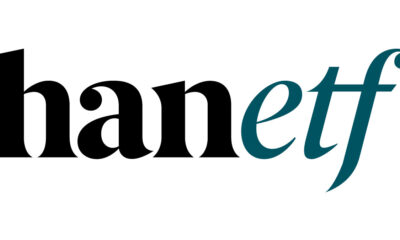
 Nyheter4 veckor sedan
Nyheter4 veckor sedan
 Nyheter3 veckor sedan
Nyheter3 veckor sedan
 Nyheter1 vecka sedan
Nyheter1 vecka sedan
 Nyheter3 veckor sedan
Nyheter3 veckor sedan
 Nyheter1 vecka sedan
Nyheter1 vecka sedan




